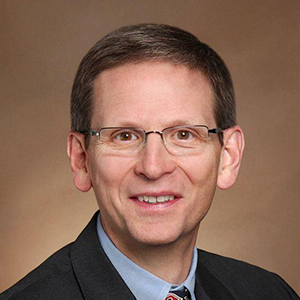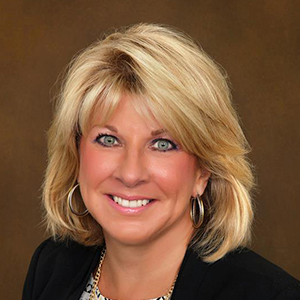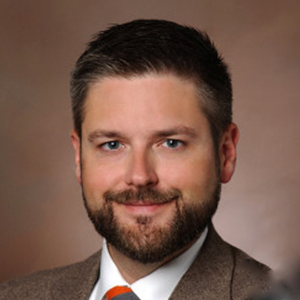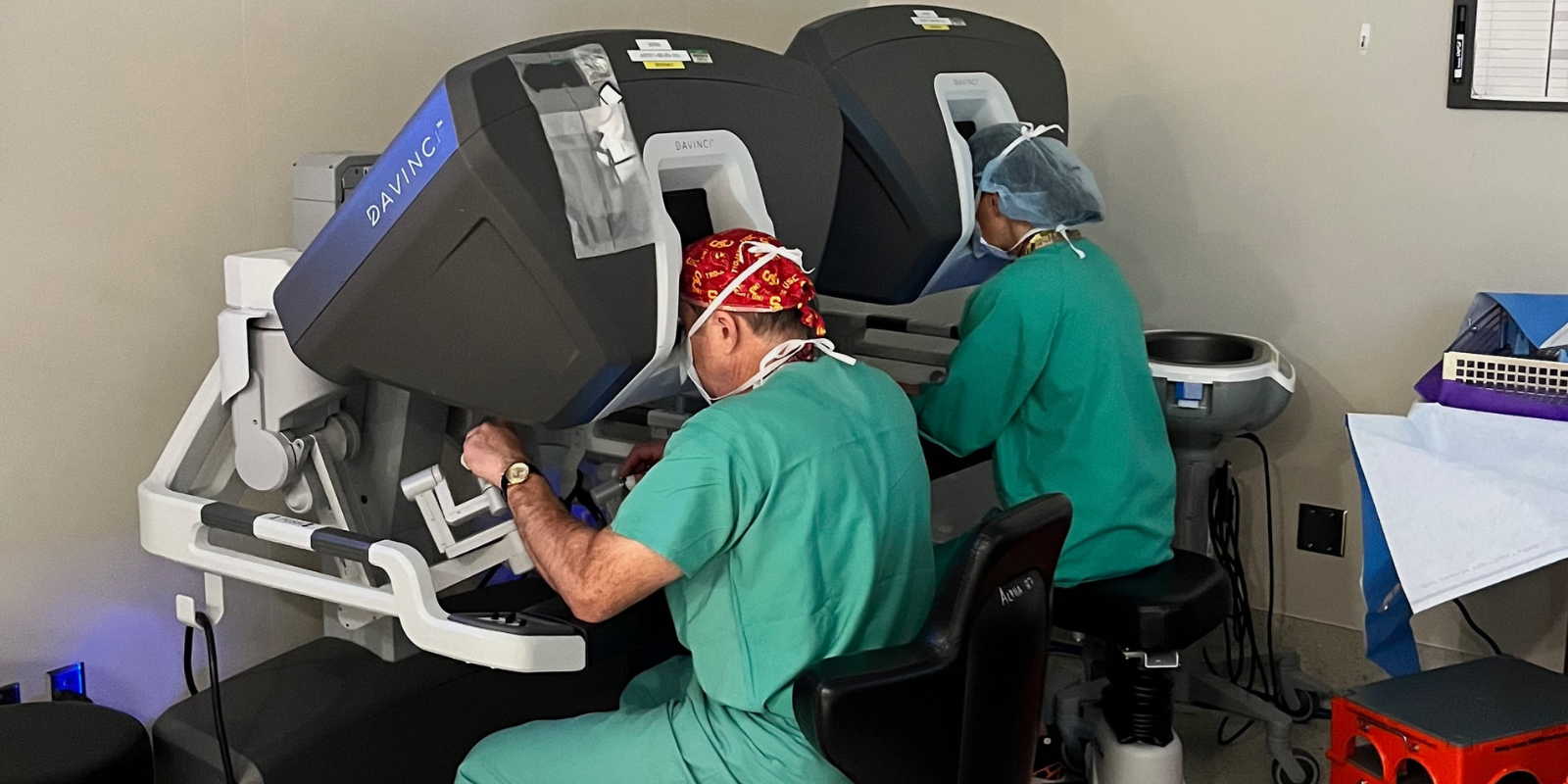As they look back on one of the most challenging years in their medical careers, members of the Department of Surgery at the University of Colorado School of Medicine remember the low points — the crowded emergency rooms, the delayed surgeries, the deaths from the disease — but they remember some high points as well. New workflows and efficiencies that will last long after the pandemic has faded. Newly formed relationships with other departments. Not to mention new collaborations and a stronger sense of teamwork.
“I loved the way our department responded,” says Richard Schulick, MD, MBA, chair of the Department of Surgery. “People just took care of it. They worried about the welfare of our patients and, as surgeons typically do, they just rolled up their sleeves and dug in. The Department of Surgery actively staffed a COVID unit, which is not the usual around the country. We said, ‘Forget we’re surgeons; we’re going to roll up our sleeves and contribute to the care of COVID patients.’ We weren’t doing surgical work; we were doing COVID work.”
Surgeons shifting focus to provide care
When the COVID-19 pandemic was officially declared in March 2020, CU surgeons — like other medical professionals around the world — weren’t sure what they were dealing with. The stresses and questions mounted quickly. Were there enough beds? Enough staff? Enough ventilators? Enough personal protective equipment? What to do about surgeries that have already been scheduled? Patient safety was the primary concern, but there were concerns about the surgery team’s health as well.
“In the early stages, especially, we were worried that some of us were going to get sick from COVID,” says Franklin Wright, MD, associate program director of surgical critical care fellowship at the University of Colorado School of Medicine and co-medical director of the surgical trauma ICU at UCHealth University of Colorado Hospital (UCH). “Besides the obvious emotional concerns about our colleagues getting sick, there was also the very real workforce shortage that could have happened if multiple people got COVID and were out of work for multiple weeks. There was a lot of planning built into having redundancies, so if people did get sick, we had backup plans in place.”
“We never were really sure when the peak or spike was going to come. We never ran out of anything that we couldn’t live without, but we had plans for what do we do if we run out of ventilators." - Franklin Wright, MD
Wright’s team had one of the biggest shifts of the pandemic: With a large drop in car accidents and other traumatic incidents due to the pandemic, trauma and acute-care surgeons turned their attention to caring for COVID-19 patients in the ICU.
“It was challenging,” he says. “We never were really sure when the peak or spike was going to come. We never ran out of anything that we couldn’t live without, but we had plans for what do we do if we run out of ventilators. There was a brief period of time in the spring where we were running very short on dialysis circuits. We never had a critical shortage, but we had some very tight moments.”
The team provided surgical care for some COVID-19 patients as well, including inserting chest tubes, dealing with lung and intestinal problems, and performing tracheostomies on patients who were having trouble coming off of ventilators. One of the hardest parts, he says, was treating patients in their 30s and 40s with severe symptoms. But the pandemic provided its share of bright spots as well.
“Especially in the critical care world, often we live in our own little silos,” Wright says. “The chance to really work closely and develop great working relationships with our colleagues from pulmonary and critical care medicine was very rewarding. We all had a chance to work together and team-build.”
Shifts in patient care and remaining flexible
Elsewhere in the Department of Surgery, physicians altered their routines and procedures as government regulations put a halt on elective and non-critical surgeries and as care protocols were modified to prevent transmission of COVID-19.
“We shifted some procedures that were safe to perform in an intensive care unit or at a bedside in the COVID patient population such that we did not transport those patients to the OR,” says Robert McIntyre, MD, professor of surgery and associate chief medical officer for perioperative services at UCH. “Rather, we would bring an OR team to the ICU so we weren’t transporting patients around the hospital.”
The department also isolated COVID-19 patients who needed surgery into specific locations to limit possible transmission within the hospital. Nurses were stationed either inside or outside of rooms so those inside could request supplies and not have to leave.
“Anesthesia, nursing and the surgeons collaborated extremely well to protect each other, as well as the patients, to get the best possible care,” McIntyre says. “As time went by, the capacity in the operating room was affected by the amount of COVID disease in the state and in the hospitals. We had to pull some nursing staff out of the operating rooms to go staff floors and ICUs when the numbers got really high, but then as the numbers got lower we were able to pull nurses back to the operating room and increase the capacities in the ORs.”
“When we started to see the surge again in October and November, we knew a lot more about the disease and we had better processes in place and we could handle it better.” - Robert McIntyre, MD
As restrictions eased over the summer, ORs stayed open late at night and through the weekends to make up for the backlog. And when the second COVID-19 wave arrived in the fall, surgeons were much better prepared.
“We had time to regroup, to rethink the things we had done, plan ahead for the fall and put new processes in place to deal with it,” McIntyre says. “When we started to see the surge again in October and November, we knew a lot more about the disease and we had better processes in place and we could handle it better.”
Effects on transplants
One area in surgery where things didn’t slow down nearly as much was the transplant division, says Elizabeth Pomfret, MD, PhD, professor of surgery and chief of transplant surgery at UCH.
“We never shut down the liver transplant or the kidney transplant program for deceased donor transplants because those are essential,” she says. “We did have to put our living donor kidney and liver transplant program on hold for a period of time in the very beginning because we really weren’t sure what we were dealing with.”
Not surprisingly, she says, the division saw fewer people coming forward to be living donors over the past year, though she hopes those numbers will go up as more people get vaccinated.
Other areas of concern in the transplant division include the fact that surgeons were unable to use organs from those who died from COVID-19 because of possible transmissions of the disease, causing a significant decrease in the deceased donor pool. Transplant recipients who have had the disease also have much worse outcomes than those who have not.
“One of the things we have seen that’s pretty alarming and sad is that during COVID, people have been drinking a lot more, so we have seen an enormous increase in liver failure from acute alcoholism. And in young people.” - Elizabeth Pomfret, MD, PhD
A more surprising challenge, to Pomfret, came from the effects of increased alcohol consumption during the pandemic.
“One of the things we have seen that’s pretty alarming and sad is that during COVID, people have been drinking a lot more, so we have seen an enormous increase in liver failure from acute alcoholism. And in young people,” she says. “Each week I’m seeing several people in their 30s who are showing up for a liver transplant. And that’s staggering. That is new.”
The mental health effects
The COVID-19 pandemic caused mental-health crises in workers in all professions, but it’s likely no one was affected more than health care professionals who were on the front lines dealing with the disease and its effects.
“Our level of knowledge and our ability to deal with COVID, I would refer to it as an evolution,” McIntyre says. “Early on there was so much that was unknown, and there was a lot of anxiety. But bringing the teams together to discuss how we could best manage the COVID patients, as well as the surgical patients, to our greatest effectiveness while also taking care of each other as team members —that sort of thing is very good for people’s ability to work together effectively and not have so much anxiety.”
Schulick saw firsthand the toll the pandemic took on CU surgeons — a toll whose effects are just now becoming clear.
“Very often in the middle of a crisis you don’t see very much, but toward the end of a crisis and even after a crisis is when the full-blown effects are really noticeable,” Schulick says. “We’re deploying a tool to help all the Department of Surgery members assess where they are and give them access to all the tremendous resources we have on campus to address this.”
Silver linings
The COVID-19 pandemic was a crisis across the medical profession, but sometimes crises lead to innovations that wouldn’t happen otherwise. It’s amazing, the CU surgeons say, what a little urgency and medical necessity can do. New surgery priority systems developed in response to COVID-19 are ready to be rolled out for the next pandemic, natural disaster or large-scale health event. The rise in virtual meetings and telehealth visits, not to mention the growing amount of respect the general community has for medicine and research will last long after the pandemic has faded, the surgeons say.
“We also learned we can do things at a much faster pace than we thought we could,” Schulick says. “In terms of getting clinical trials out there or changing the way we do things, we learned that when we need to move fast we can move fast.
“This was a horrible thing to go through, but it cemented my belief in the members of the Department of Surgery — that they would do the right thing, that their primary motivation is to help other people, to help our patients,” Schulick adds. “We learned a lot of things about ourselves during this time of stress, and now we’re much more prepared for the next pandemic.”








